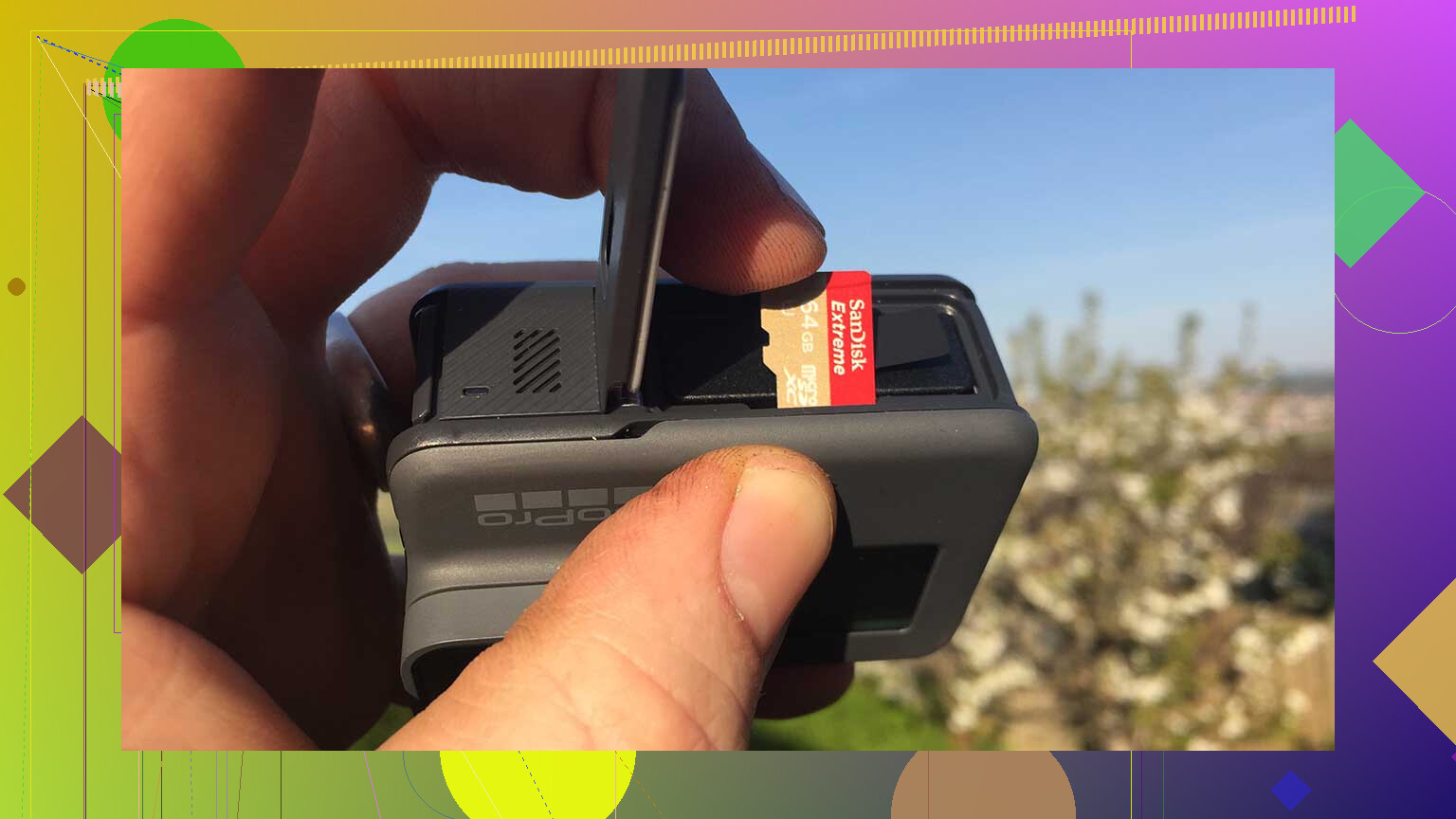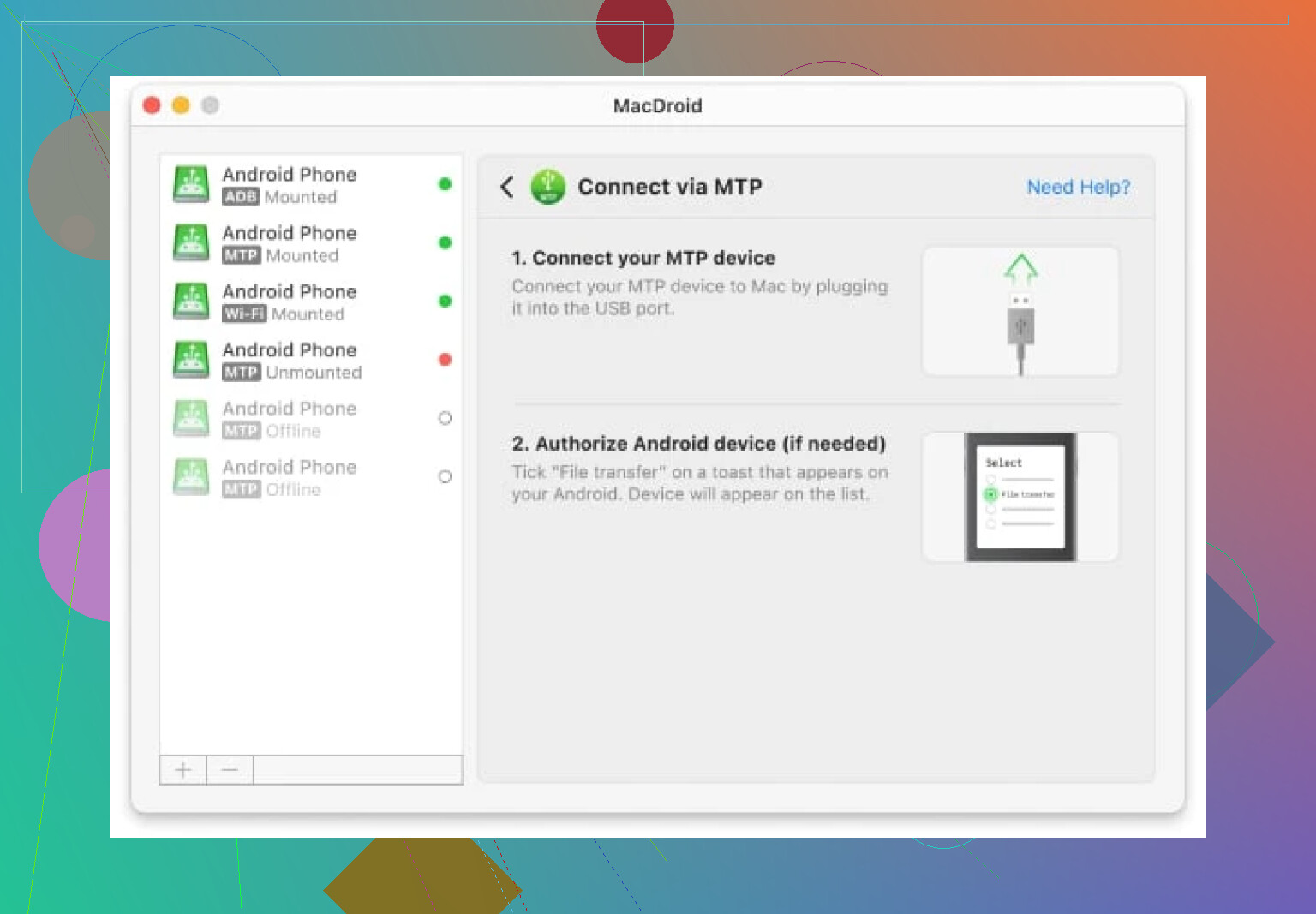Looking for tips on transferring GoPro footage to my Mac. Tried connecting the camera, but the files aren’t showing up. Need the videos urgently for editing and can’t figure out what I’m missing. Any advice or step-by-step help would be awesome.
So last weekend, I was tasked with rescuing my cousin’s surf adventure videos from his GoPro. The guy showed up with a pocketful of memory cards and a look of desperation. Here’s what I figured out after far too many coffees and a couple of wild goose chases.
Old-School Way: Card Swap Shenanigans
First move was to yank the SD card from the GoPro and stick in a fresh one. Easy enough, right? But here’s the kicker: most new Macs just look at you blankly when you try to slide an SD card in. Apple axed the SD slot on a bunch of their models, so unless you’re rocking an older MacBook or an iMac that still shows some respect for creators, you’re gonna need an SD card reader.
Pro-tip: When you’re shopping for a card reader, don’t just grab the first dongle you see in the tech aisle—make sure it’s got a microSD slot to handle GoPro cards (since those usually aren’t full-sized SD). Then it’s basically plug-and-play:
- Plug the reader into your Mac
- Pop your GoPro’s microSD card into the reader
- Wait for it to show up in Finder
- Drag those sweet, sweet videos to your desktop
The Plug-And-Play App Route
Okay, but I’m all about less gear and less mess these days. Swapping cards is fine, but what if you want the hassle-free route? Cue MacDroid. I was kinda skeptical about using yet another random app, but it’s actually dead easy—minimal fuss.
Here’s what you do:
- Fire up MacDroid. Choose the MTP (Media Transfer Protocol) connection mode in the software.
- Plug your GoPro straight into your Mac with a USB cable. No third-party adapters or random cables—that’s it.
- For anyone with that fancy Apple M1/M2 (ARM) hardware, watch for the “Allow” dialog and click it when it pops up, otherwise nothing happens and you’re left yelling at your laptop.
- Once the GoPro’s hooked up, it’ll show as a drive in Finder. Just copy your videos over like you’re moving files off any old USB thumb drive.
You could practically do it one-handed while balancing a latte. No need to fumble for adapters or squint at those tiny microSD cards. I’m just saying—sometimes less is more.
Bottom line: grab a card reader if you like the old way or want a backup plan. But honestly, if you prefer cables to gadgets (and who doesn’t, these days?), let MacDroid do the work. I got my cousin’s surf clips copied over, no drama.
Why is moving GoPro videos to a Mac always WAY more complicated than it should be? Everyone’s out here saying “just use a card reader or plug it in!” like it’s the 90s. Full disclosure: I’ve taken the SD card/reader route a million times and half the time my Mac acts like it’s never seen a memory card before (thanks, Finder, super helpful).
And yeah, @mikeappsreviewer’s tips cover the classics, but man, there are other ways that don’t make you hunt for dongles in your junk drawer or force-feed your Mac yet another “please install, I’m totally safe I swear” app.
So here’s the THE easiest, non-glitchy method if your GoPro flat-out refuses to connect:
1. Try GoPro Quik for Desktop:
Before you install anything else, GoPro’s official app (‘Quik’) is actually way more reliable now. Download it, plug in your GoPro, and poof—it auto-imports the files. No Finder weirdness. Honestly, it’s gotten better lately and does batch imports in a click.
2. Airdrop (with your phone as middle man):
Okay, kind of a hack—BUT, if you have the GoPro Quik app on your phone, connect your GoPro to your phone via WiFi (not Bluetooth, because lol, video files). Download the vids to your phone, then just AirDrop them straight to your Mac. Not the most elegant, but if you can’t find your card reader and MacDroid is too much faff, it’s a life-saver.
3. If you’re over all this (I feel ya):
A legit alternative is to use seamless file transfers from GoPro to Mac with MacDroid. It’s plug-and-play and makes your Mac treat your camera just like a USB drive with MTP (media transfer protocol), so you skip the iTunes/Photos drama. Plus, it’s perfect for those big 4k files that crash everything else.
Look, the right move depends on your deadline and how much you wanna mess around with extra gear. SD card is okay if your Mac has the slot, otherwise, forget it. USB direct to Quik or MacDroid? Super fast.
Don’t overthink it and only try one thing at a time or you’ll go down a troubleshooting rabbit hole and lose hours.
Here we go again with GoPro and Mac not talking to each other like two grumpy relatives at Thanksgiving. Big surprise, the ‘plug it in, it just works’ mantra is a total myth half the time. I see that @mikeappsreviewer is all about swapping SD cards and dance-moves with dongles, and @reveurdenuit’s got the “Quik or bust” gospel. Both got nuggets of wisdom, but none of these tips ever seem as simple in practice as they sound.
So here’s a little contrarian take: if your files aren’t showing up when plugging the camera in, it’s probably a MTP vs. PTP (media transfer protocol vs. picture transfer protocol) issue, or you’ve got a borked cable. Before spending money or downloading more software, try using a different cable—seriously, some cables only charge and don’t transfer data (what genius invented those, anyway?). Also, reboot the GoPro and your Mac, then try plugging in again. Sometimes your Mac just plays dead till you do the ol’ power cycle shuffle.
If that’s still a useless dead end, forget the SD card heist (especially if your Mac doesn’t even have the slot… Apple, c’mon) and skip GoPro Quik since honestly, it gets flak for randomly freezing or not recognizing certain models (been burned there a few times). Instead, go with seamless GoPro file transfers to your Mac via MacDroid. Plug in the GoPro, fire up MacDroid, set the camera to MTP mode, and your camera shows up in Finder—no fiddly imports, no mystery popups. Eject when done, drag videos anywhere, edit ASAP.
Bottom line, SD card swap works IF you have a reader and the Mac gods are smiling. If not, kill the middlemen and use MacDroid. Don’t trust GoPro Quik unless you like rolling the dice when deadlines are looming. If your files are still invisible, maybe double-check you’re not looking in the wrong folder (GoPro saves vids in DCIM > 100GOPRO or something like that). It’s dumb, but it happens.
Anyway—one cable, one app, zero drama. Can’t believe we’re still talking about this in 2024 tbh, but that’s life in the Apple/GoPro lane.
Quick rundown—everyone’s got their rituals for extracting GoPro footage, but let’s ditch the dogma and compare lanes.
Old-school SD card readers (shout-out to the swap squad above) can be reliable if your Mac actually has the slot (good luck late-gen MacBook Air users). But if you’re on the dongle treadmill, the hassle creeps in fast.
The built-in GoPro Quik app some folks swear by? Decent for quick highlight reels, but notorious for random connection dropouts and surprise freeze-ups—and it’s bloaty if all you want is a simple file transfer. Plus, Quik won’t always play nice with every GoPro model or macOS update, so be ready for compatibility roulette.
Now, about MacDroid: I’ve used it when both SD cards and GoPro Quik threw in the towel. Pros? It’s plug-and-play for most GoPro models, shows up straight in Finder, and doesn’t need you to import to some walled garden library. Handy. The kicker: It just treats your GoPro like an external drive—drag, drop, done—massively speeding up bulk moves for editing. No, it’s not 100% free, but the trial is enough for urgent jobs, and it’s pretty lightweight versus the competition.
Cons? MacDroid is another app to install (hey, your Mac might get grumpy with permissions), and it relies on your camera supporting MTP mode—rare but possible hiccups with GoPro’s firmware quirks. Also, it’s not bundled into the GoPro ecosystem, meaning if you need firmware updates or camera settings, you’ll switch apps.
All in, if SD card swaps are prehistoric and GoPro Quik is unreliable, MacDroid splits the difference with its smooth Finder integration—clear win for those racing to start edits. If you’re allergic to extra software, keep troubleshooting the cable/connection, but I’d say have MacDroid in reserve for speed and sanity.
Roll call: SD swap lovers, Quik fans, MacDroid squad—pick your flavor, but if you’re fighting the clock or Finder’s ghosting your GoPro, MacDroid is a hard tool to ignore. Quick tip—always check the DCIM/100GOPRO folder, and never underestimate a flaky cable. Welcome to 2024, where file transfers are still a game of chance.

